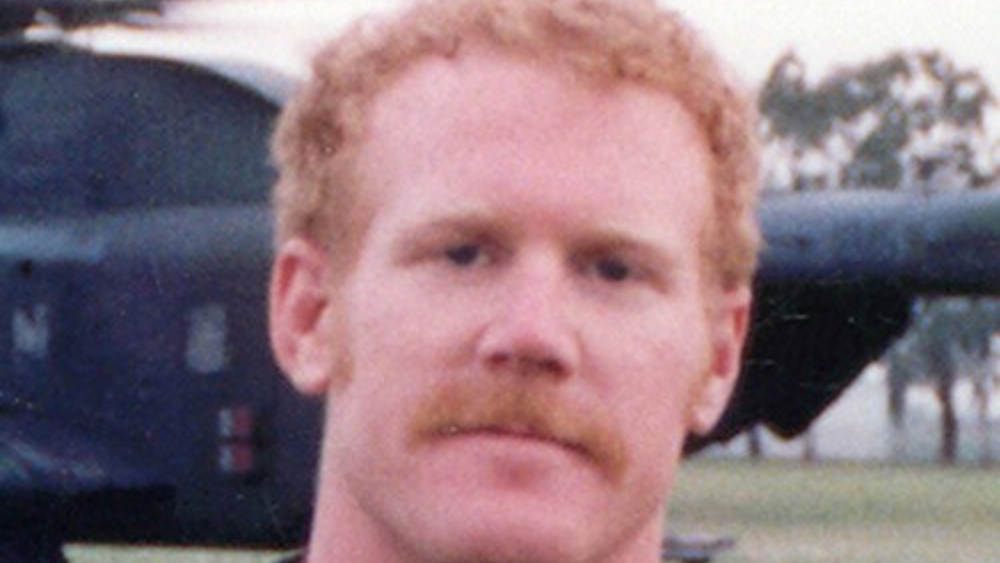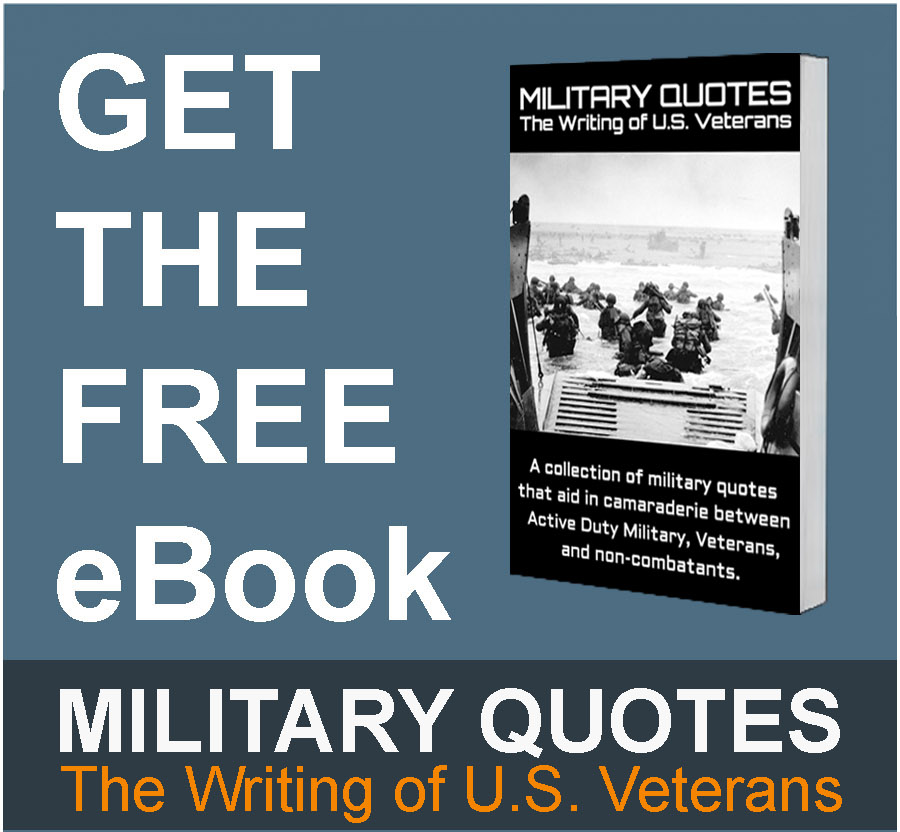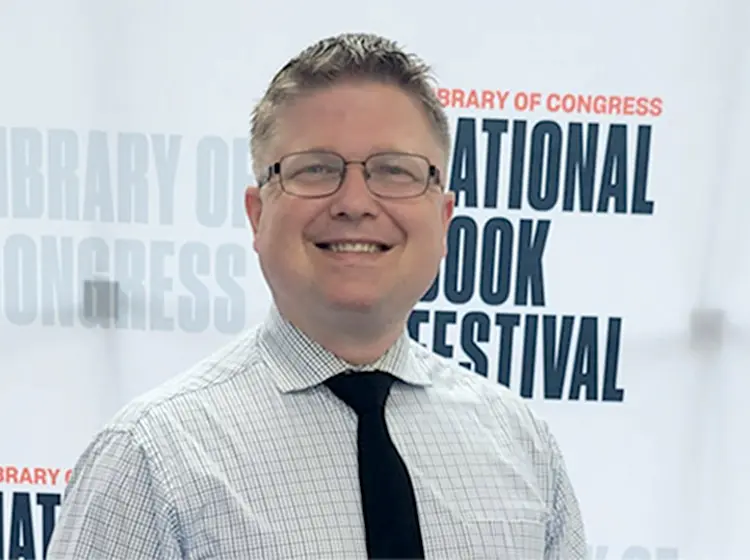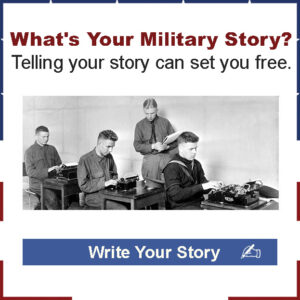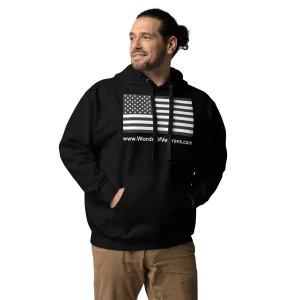I first learned about Neil Roberts while reading a case study on Operation Anaconda during a military history course. His story stuck with me in a way few others have. Maybe it’s because he wasn’t just a name in a report — he was the first Navy SEAL lost in combat in Afghanistan, and the sacrifice he made on Takur Ghar moved something deep inside me.
When people talk about heroes, the word can feel watered down. But for anyone who’s worn a uniform or stood next to someone who has, Neil Roberts means something more. He wasn’t just brave — he was part of something bigger. His actions on that cold Afghan mountain in March 2002 define what it means to give everything for your brothers, your mission, and your country.
Who Was Neil Roberts?
Neil C. Roberts was born on August 16, 1969, in Woodland, California. After graduating from high school, he enlisted in the U.S. Navy and eventually became a Navy SEAL — no small feat. Assigned to SEAL Team 6, Roberts spent his career training and deploying with the best of the best in Naval Special Warfare.
At the time of his final mission, he was operating as part of a joint task force supporting Operation Anaconda — a large-scale effort to root out Taliban and Al-Qaeda fighters hiding in the mountains of eastern Afghanistan. The battle that would come to be known as the Battle of Takur Ghar was brutal, chaotic, and defined by grit.
What Happened on Takur Ghar?
Roberts was aboard an MH-47 Chinook helicopter — call sign Razor 03 — on a nighttime insertion with his team, MAKO 30. Their objective was to establish an observation post on the peak of Takur Ghar. Unbeknownst to them, the mountain was already occupied by enemy forces.
As the helicopter approached the landing zone, it took heavy RPG and small arms fire. The aircraft was hit, forcing a sudden evasive maneuver. In the chaos, Roberts fell from the helicopter onto the snowy mountain ridge. What followed was an hours-long ordeal, now etched in military history as Robert’s Ridge — named in his honor.
He was alone, injured, but alive. Later intelligence and recovered enemy video revealed that Roberts single-handedly engaged the enemy and held them off until they overwhelmed him. His teammates tried to return immediately but faced the same intense fire. Rescue attempts over the next 17 hours involved more SEALs, Rangers, and Air Force combat controllers. Seven other Americans would fall in that battle.
Why It Matters — Then and Now
I remember watching interviews with his teammates. You could feel the weight of his loss just by the way they spoke about him. He wasn’t just brave — he was the kind of guy others would follow through hell. That kind of loyalty and valor is rare.
To anyone who’s been in a firefight or stood on the ramp of a helicopter heading into a hot zone, the story of Roberts hits differently. He didn’t just “fall” — he stayed in the fight. He made a stand. There’s a reason why Robert’s Ridge is studied in special operations training pipelines even today. It’s not just about tactics. It’s about character.
Roberts’ Legacy Within the SEAL Teams
Within the SEAL community, they revere Neil Roberts not just for how he died, but for how he lived. He earned a reputation as a quiet professional — someone who never bragged or postured, but always delivered. Neil Roberts earned the Bronze Star with Valor and the Purple Heart posthumously, but those who knew him speak more about his integrity and brotherhood than medals.
He was the first Navy SEAL killed in action in Afghanistan, a grim milestone that marked a new era of warfare for the Teams. But his death didn’t break the SEALs — it galvanized them. That mission reshaped strategies, tactics, and the coordination of insertions and overwatch positions in future operations.
Operation Anaconda: A Turning Point in the Afghanistan War
To fully understand what happened to Roberts, you have to look at Operation Anaconda itself. This wasn’t a clean or easy mission. Intelligence was incomplete, coordination between branches was still evolving, and the enemy had dug in with machine gun nests and RPGs high up in the terrain.
Roberts’ fall from Razor 03 triggered a series of QRF (Quick Reaction Force) deployments, each more dangerous than the last. The mountain became a kill zone. MH-47s came under fire. Rangers and Air Force combat controllers moved into near-suicidal positions to extract teams and recover remains.
Still, they went — because that’s what the brotherhood demands. Because no one gets left behind.
The Emotional Weight of Sacrifice
I’ve never served, but researching Roberts’ final moments made me think deeply about what it means to live with purpose and stand for something. It challenged me. It humbled me.
You don’t have to wear a uniform to understand courage. But there’s something sacred about what happened on Robert’s Ridge. That name doesn’t just symbolize freedom — it reveals the real cost, a cost most civilians will never fully grasp.
For veterans, especially those who’ve fought in the GWOT (Global War on Terror), Roberts’ story resonates deeply. It’s a reminder of how quickly everything can go sideways, how every decision matters, and how even in death, some men continue to lead.
Lessons from Neil Robert’s Ridge
From a tactical standpoint, the Battle of Takur Ghar taught the U.S. military some hard lessons. Terrain matters. Intel gaps cost lives. Coordination across branches must be seamless. But beyond the operational debriefs, the spiritual takeaway is this: honor, sacrifice, and duty are not abstract concepts — they are lived out, painfully and beautifully, in moments like the ones Neil Roberts faced.
There’s something sacred about what happened on Robert’s Ridge. When I talk to others about military heroism, Neil Roberts is the name I bring up first — not because he died, but because of how he lived and what he chose in his final moments.
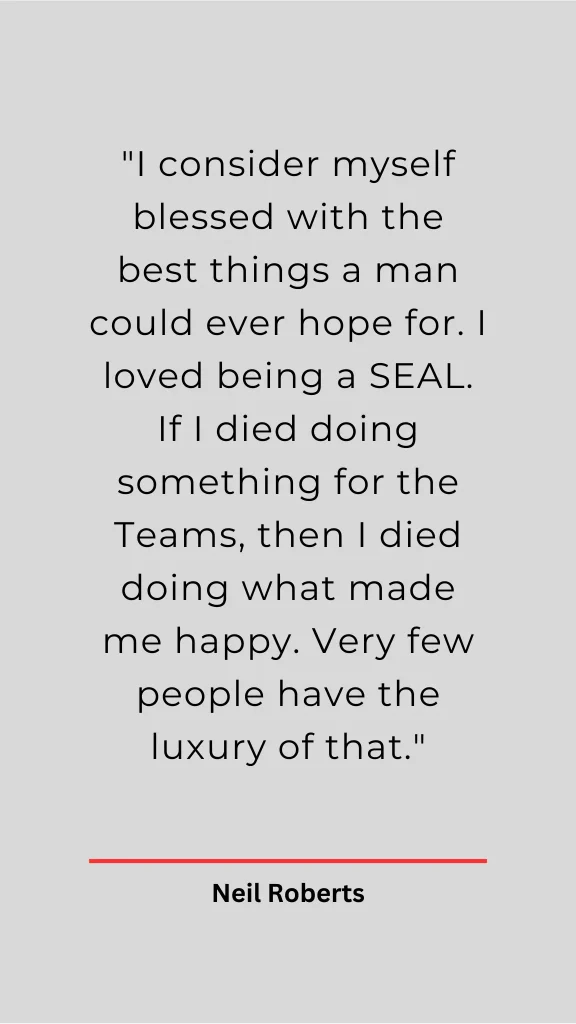
Carrying the Legacy Forward
Today, Neil Roberts is buried at Arlington National Cemetery. Teammates etch his name into memorial walls, speak it in SEAL lore, and whisper it during TOAs and quiet reflections in team rooms. But honoring him isn’t about statues or plaques.
It’s about living with that same sense of purpose. About putting your team before yourself. About being the one who, even in the darkest moment, holds the line.
If you’ve worn the uniform, you already understand that kind of loyalty. If you haven’t, stories like Neil’s give you a glimpse into what that kind of courage looks like.
Rest easy, Neil. Your sacrifice was not in vain. Your story will be told — not just in classrooms and debriefs, but in the hearts of every war fighter who understands what it means never to quit

